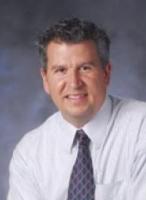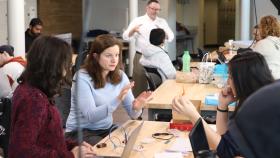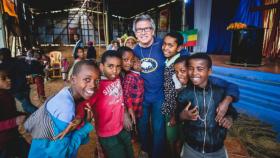
Dr. Gleason's current research interest is in soft tissue biomechanics and growth and remodeling, with particular emphasis on native vascular tissues and tissue engineered constructs. Two key aims of his research are to develop mathematical theories for soft tissue growth and remodeling that allow for the incorporation of observations made at multiple length scales, and to develop novel experimental models to test the underlying assumptions of theoretical simulations that allow for parallel observations at different length scales.
It is unquestioned that cells can sense and respond to changes in loading. Increased load on focal adhesion sites in vascular smooth muscle, for example, can alter cell-signaling pathways, ultimately leading to altered gene expression. Altered gene expression can manifest itself in many different ways, including an altered production of vasoactive molecules, extracellular matrix and matrix-degrading proteins, cell cycle regulating signals, and cytoskeletal proteins, among many others. The net effect of these, and other, mechanotransduction pathways include increases in cell and matrix turnover, local growth (or atrophy), structural and functional remodeling of existing cells, and remodeling of matrix, cell-matrix and matrix-matrix interactions, all aimed, presumably, toward evolving the local mechanical environment from an undesirable' condition to a desirable' condition. Despite the explosion of information on tissue growth and remodeling, from molecular, intracellular, cellular, cell-matrix, organ, and whole organism levels, attempts at integrating these data into a predictive model is still in its infancy; there is a pressing need for such an integrative, multiscale model. Such predictive models will be essential to further our understanding of many physiological and pathophysiological processes and critical to aid in the development and optimization of clinical interventions and tissue engineering strategies.
Associate Professor Rudy Gleason wins Georgia Tech’s Denning Award for work on health disparities in sub-Saharan Africa


